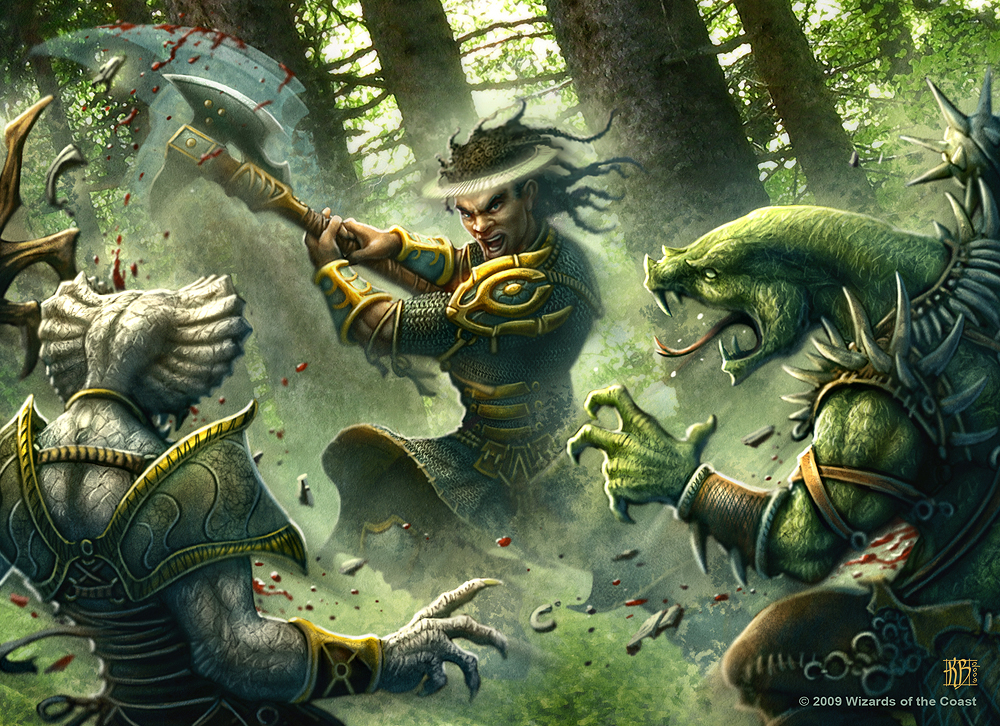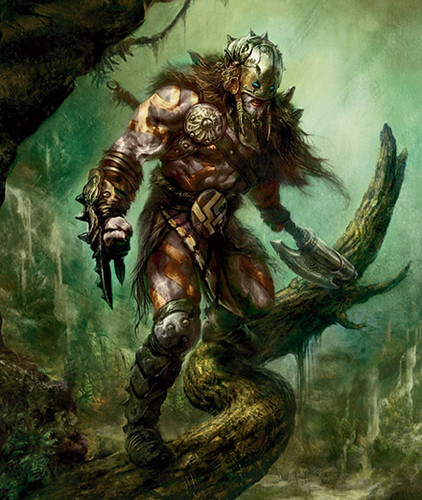 I’m a planner. When my 4e group was at level 3 I had adventures planned out all the way to level 12. I start with the 5x5 overview of the adventures, then I flesh out the grid with specific creatures and maps. It takes a little time, but it made me feel better about being ready for my players. It seemed that the players enjoyed the games enough, but I always felt that they were less-than-stellar in their roleplaying experiences. The players that are in my SWSE game are also in the 4e game, and that attitude carried over. I didn’t figure out why until our game on Friday.
I’m a planner. When my 4e group was at level 3 I had adventures planned out all the way to level 12. I start with the 5x5 overview of the adventures, then I flesh out the grid with specific creatures and maps. It takes a little time, but it made me feel better about being ready for my players. It seemed that the players enjoyed the games enough, but I always felt that they were less-than-stellar in their roleplaying experiences. The players that are in my SWSE game are also in the 4e game, and that attitude carried over. I didn’t figure out why until our game on Friday.I had started planning my SWSE game the same way as my 4e game, but with my time constraints I only had enough time to come up with “Sith compound, trapped in cells, one has to make a choice between light side and dark.” I scanned Scum and Villainy (SWSE’s Monster Manual) and was ready for the worst game ever.
The game started with a simple statement: You wake up shackled to a cavern wall. There is a bird-cage style prison around you. To your left is your colleague, who is in a traditional cage-style prison with a 10-foot gap between the cavern ceiling and the top of the bars. What do you do? I then had parallel storylines going between the two players that lasted about 3 minutes each, enough time for some RP and a roll, but not enough to make the other player zone out.
 The plan in my head was that one player would try to talk the other one out of falling to the dark side though RP discussion in their respective cells. Instead, the players took it in a different direction (as players are want to do). They began a Great Escape narrative, which made me completely shoot from the hip.
The plan in my head was that one player would try to talk the other one out of falling to the dark side though RP discussion in their respective cells. Instead, the players took it in a different direction (as players are want to do). They began a Great Escape narrative, which made me completely shoot from the hip.We played for an hour and a half before we had our one battle of the night (something that would have been impossible in my 4e game) and both of the players said it was the best session they’ve ever had. I couldn’t figure out what it was that made them enjoy the session so much. It had only one battle that lasted 3 turns, and one of the players during that battle said she fainted and just listened to the rest of the battle. In 4e the players always want to get to the battles early and often. The only thing that was really different on my side was the amount of planning I did for the game.
That’s when it hit me. The planning I had been doing, even though it was setting up the campaign to be a sandbox-style, still made me tilt the characters towards the way I wanted the adventure to go. My players are path-of-least-resistance kind of people, and my guidance during my super-planned adventures made the players go down that path, and feel stale.

The lesson I had learned from the game on Friday was that what I thought was helping my players was actually hurting them. If you notice things are getting stale at your table, think about what you’re doing in your game that you could easily change. It could be that once you change that thing your game and your players would have a much more enjoyable experience. Even if it doesn’t help your game, limiting yourself or changing how you manage your game will be a growth experience for you as a GM. Who knows, maybe you’ll stop worrying and learn to love your bom















 1. Run some filler!
1. Run some filler! 2. Try a swap
2. Try a swap 3. Chillax
3. Chillax